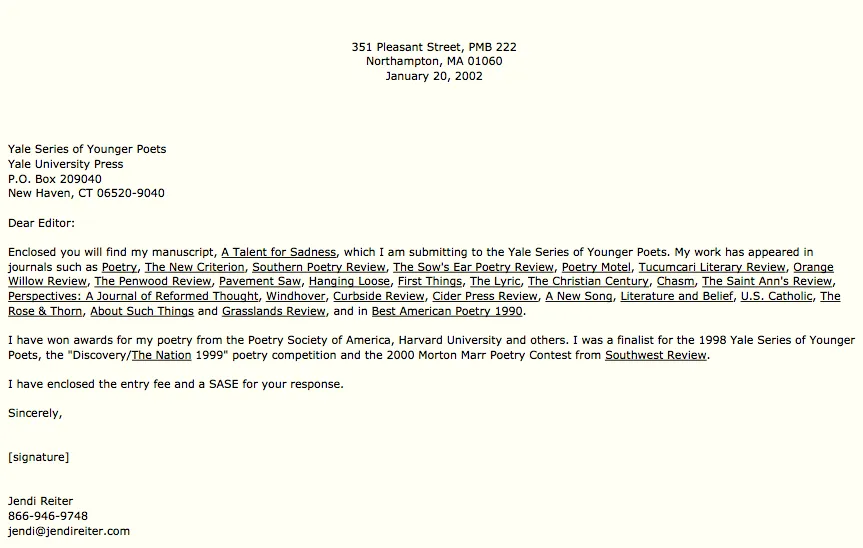Crafting Your Manuscript Submission Cover Letter
Submitting a manuscript is a significant milestone for any writer. Accompanying your manuscript with a well-crafted cover letter is crucial. This letter serves as your introduction, your sales pitch, and your chance to make a positive first impression on the editor or publisher. A stellar cover letter can significantly increase your chances of getting your manuscript read and considered. This guide provides a comprehensive overview of how to write a compelling cover letter, covering key elements, best practices, and a sample structure to help you create a winning submission.
Understanding the Purpose of a Cover Letter
The cover letter is far more than just a formality; it’s a vital component of your submission package. It’s your opportunity to communicate directly with the editor, provide context for your work, and demonstrate your professionalism. A well-written cover letter shows that you respect the editor’s time and are serious about the publishing process. It sets the tone for your interaction and can influence the editor’s initial perception of your manuscript.
Why a Cover Letter Matters
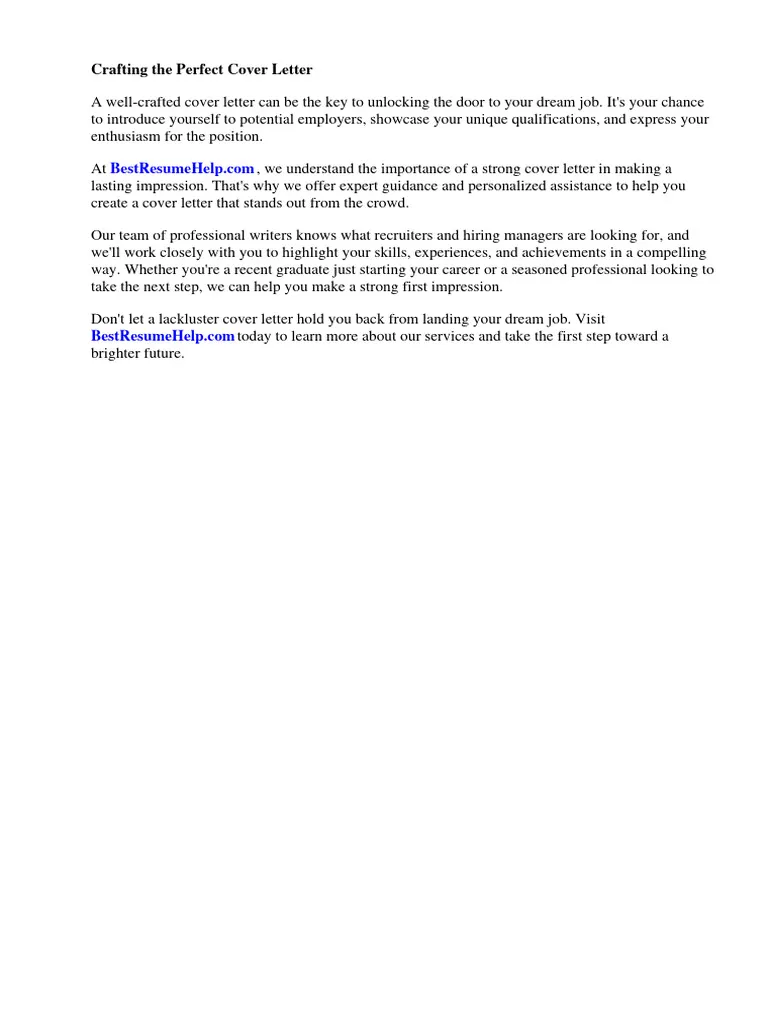
In a competitive publishing landscape, a cover letter can be the deciding factor. It allows you to highlight the unique aspects of your manuscript, briefly summarize its content, and explain its significance. A strong cover letter showcases your understanding of the publishing house, its audience, and its specific needs. It’s also a chance to build rapport and express your enthusiasm for your project, setting a positive tone from the start.
Key Elements to Include
A successful cover letter includes several key elements that provide essential information and make a strong impression. Each section should be concise, clear, and directly relevant to your manuscript and the publisher’s requirements. Ensure you adhere to the specific submission guidelines of the publication to avoid any missteps, paying close attention to any preferred formatting or length restrictions. These elements work together to present a complete picture of your manuscript and your suitability as an author.
Your Contact Information and Date
Begin by including your full name, address, phone number, and email address. Place this information at the top left or right corner of the letter. Beneath your contact information, include the date of the letter. This ensures the editor can easily reach you and understand when the submission was made. Ensure your contact details are current and professional. A clear date is crucial for tracking the submission timeline.
The Editor or Publisher’s Information
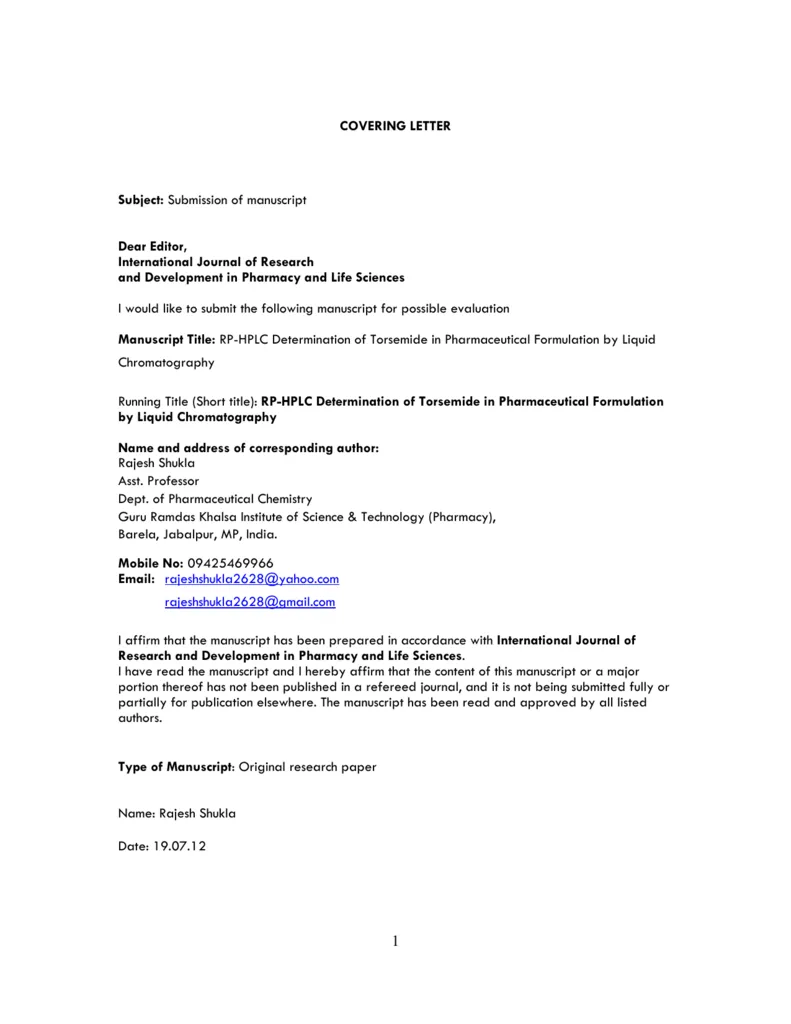
Direct your letter to a specific editor whenever possible. Research the publishing house and identify the editor responsible for your genre or subject matter. Address the letter to the editor by name, using a formal salutation like ‘Dear Mr./Ms./Mx. [Editor’s Last Name].’ If you are unsure of the specific editor, address the letter to ‘The Editor’ or the relevant department. Researching and personalizing the letter shows you’ve taken the time to learn about their publication.
A Compelling Opening
Start with a strong opening that immediately grabs the editor’s attention. State the purpose of your letter clearly and concisely. Mention the title of your manuscript and the genre or subject matter. If you are submitting a manuscript in response to a specific call for submissions or a previous interaction, mention this at the beginning. Express your enthusiasm and highlight what makes your manuscript unique and worthy of consideration, setting a positive tone right from the start.
Highlighting Your Manuscript
Provide a brief, compelling summary of your manuscript. This should give the editor a clear understanding of your work’s content and its overall scope. Focus on the main themes, the plot (if fiction), or the key arguments (if non-fiction). Keep it concise and avoid excessive detail. This summary should be engaging and pique the editor’s interest, enticing them to read your manuscript more closely.
Summarizing the Key Points
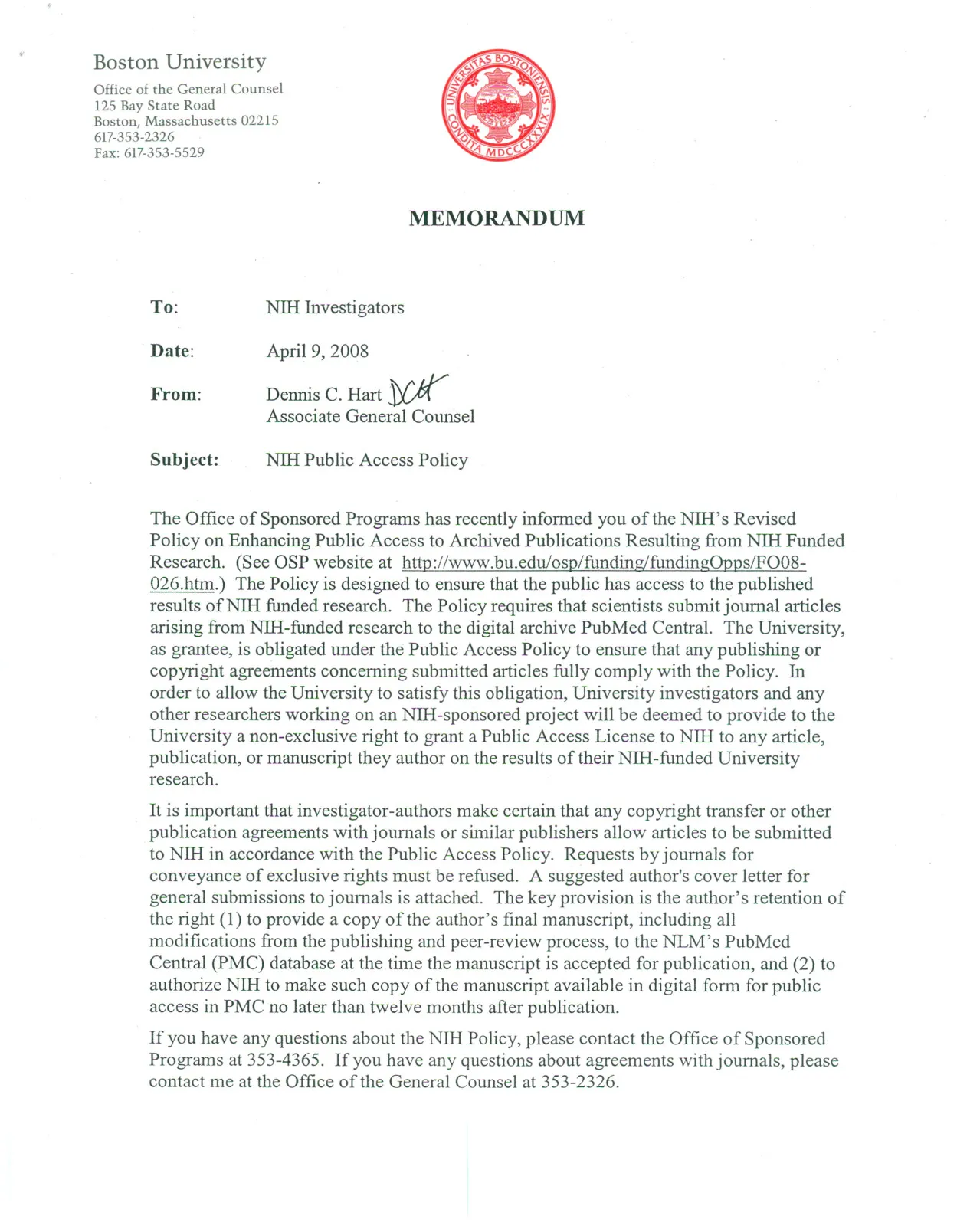
Summarize the main points of your manuscript in a few concise sentences. Focus on the core themes, characters, or arguments. Aim to convey the essence of your work without overwhelming the editor with too much information. Keep your summary focused and engaging, emphasizing what makes your work stand out.
Emphasizing the Novelty and Significance
Highlight what makes your manuscript unique and why it should be published. Discuss the manuscript’s target audience and its potential impact. Explain how your work contributes to its field and why it’s relevant. Showcase your manuscript’s uniqueness in terms of its voice, perspective, or subject matter. Explain the significance of the work and why it merits attention from the publisher and its readership.
Showcasing Your Credentials
Briefly mention your relevant experience, qualifications, and any publications or awards. This helps establish your credibility as an author. Keep the information concise and focus on what is most pertinent to your manuscript. Mention any relevant expertise, educational background, or professional experience that supports the work. This helps establish your authority and expertise.
Relevant Experience and Publications
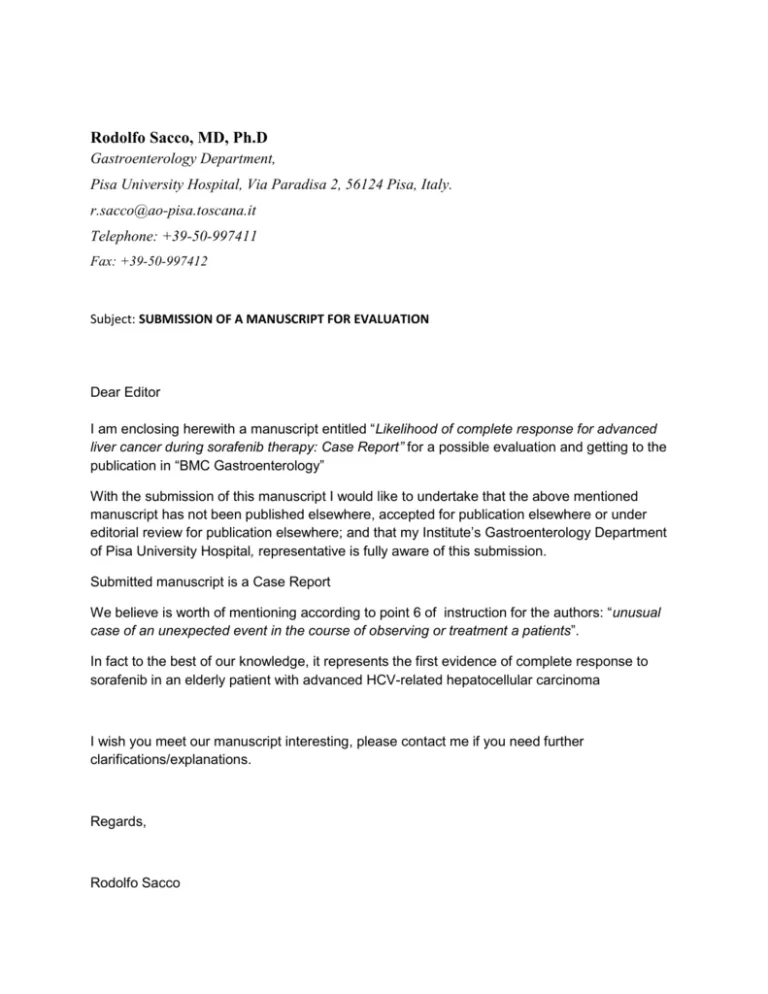
Detail any previous publications or relevant professional experience that supports your manuscript. Include the titles of any published works, the publishers, and the dates of publication. Highlight any awards, fellowships, or grants you have received. If you have no prior publications, focus on other relevant experience or qualifications. Showing your background provides assurance and demonstrates your commitment to your craft.
Mentioning Previous Contact, if any
If you have had any previous interactions with the editor or publishing house (e.g., attending a conference or receiving feedback on a proposal), mention it briefly. This can help to establish a personal connection. If you know of any common acquaintances, you can mention them as well. However, ensure that such mentions are relevant and do not appear overly familiar or inappropriate.
Formal Closing and Signature
End your cover letter with a professional and courteous closing. Use a formal closing such as ‘Sincerely,’ ‘Yours sincerely,’ or ‘Best regards,’ followed by your typed name. If submitting a physical copy, leave space for your signature above your typed name. Reiterate your appreciation for the editor’s time and consideration. Also, mention that the manuscript is attached or enclosed, and provide any other necessary information such as the word count or number of pages.
Proofreading and Formatting
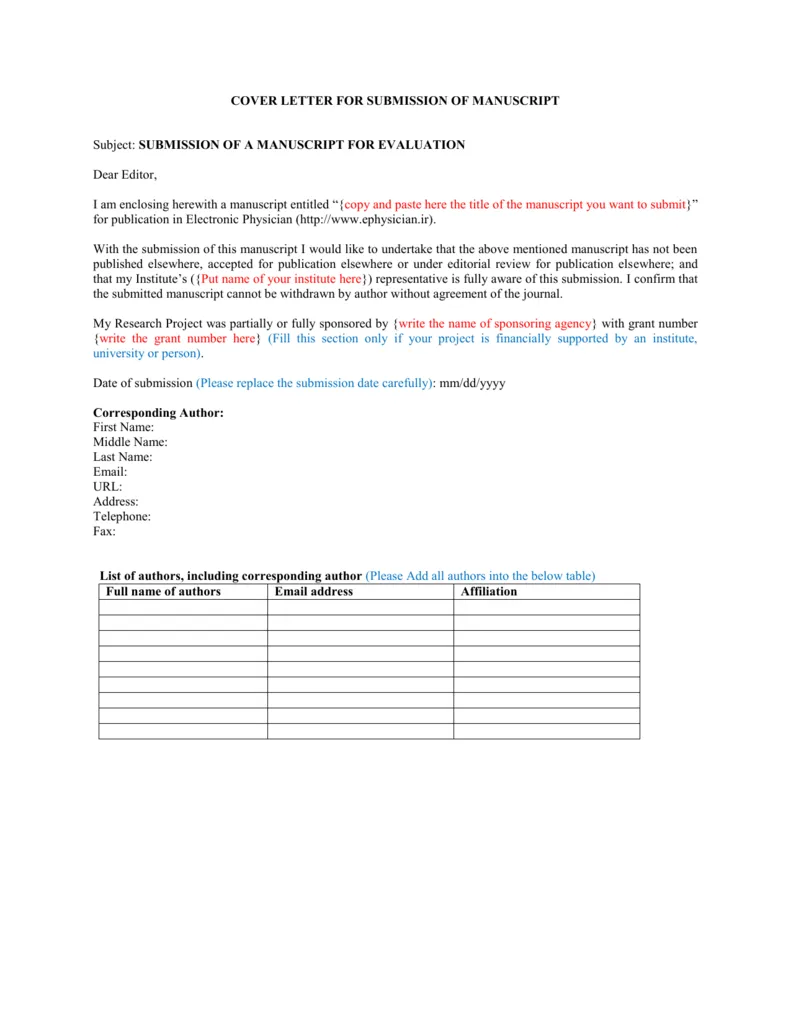
Before submitting, thoroughly proofread your cover letter. Check for any grammatical errors, spelling mistakes, and typos. Ensure that the formatting is consistent and professional. Use a clear font, such as Times New Roman or Arial, and maintain a consistent font size throughout. Review your cover letter one last time, and ensure the overall appearance is polished and professional. Always ensure that you meticulously proofread before sending; a polished presentation leaves a favorable impression.
Example Cover Letter Structure
Here’s an example structure to guide you:
[Your Name] [Your Address] [Your Phone Number] [Your Email]
[Date]
[Editor’s Name] [Editor’s Title] [Publisher Name] [Publisher Address]
Dear [Mr./Ms./Mx. Editor’s Last Name],
[Opening paragraph — State the purpose, title of manuscript, and genre.]
[Summarize your manuscript’s content and key themes.]
[Highlight the manuscript’s uniqueness and significance.]
[Mention your relevant experience and any previous contact.]
[Closing paragraph — Express appreciation and reiterate the enclosure.]
Sincerely, [Your Typed Name]
